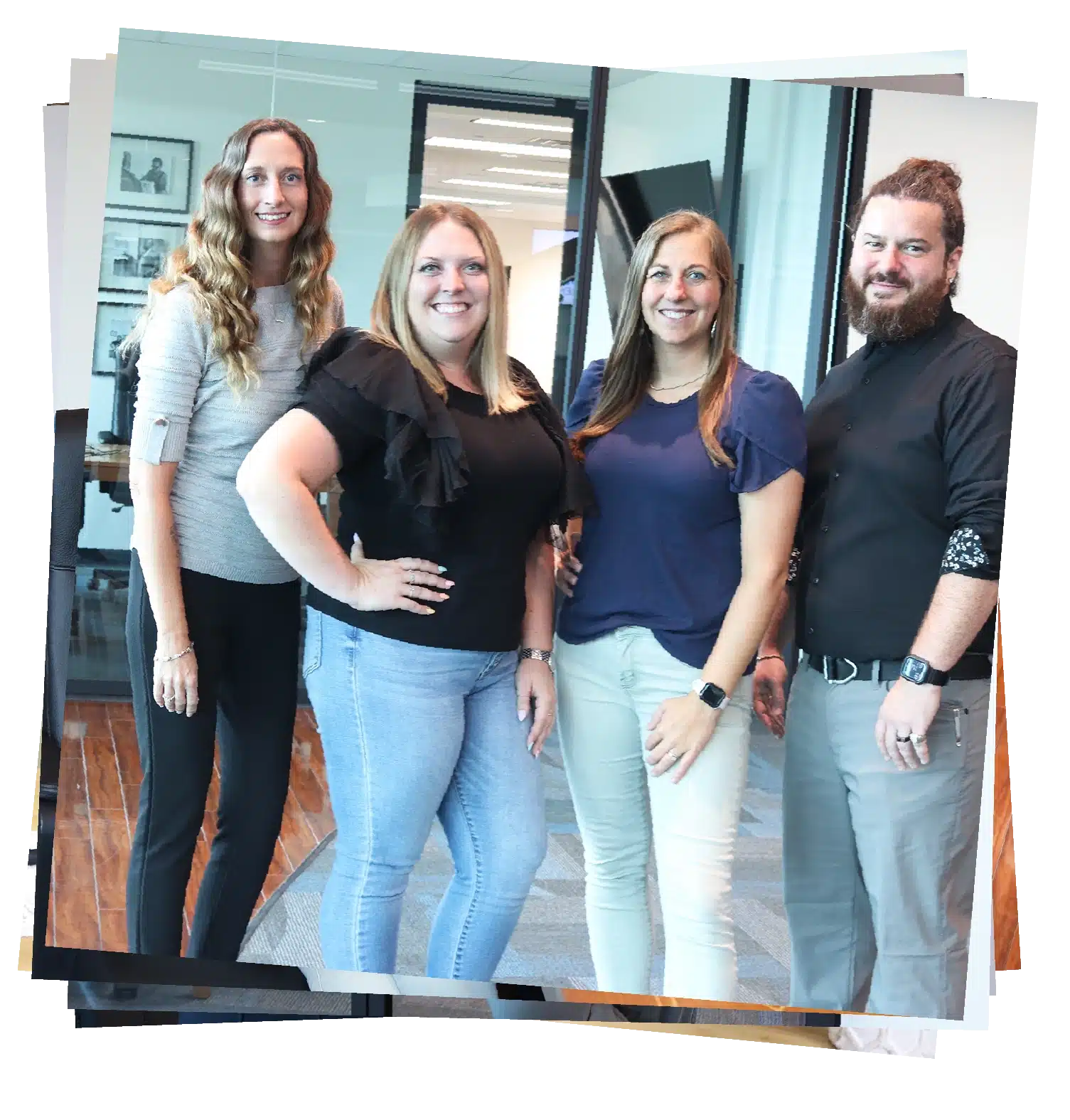Sure, we all know our ABCs. This though, is marketing, and if you don’t know the ACDs, you’ve got some catching up to do!
What does ACD stand for in marketing?
No matter how big or small a purchase is, all consumers go through three key phases when they make a purchase: Awareness, Consideration, and Decision.
They first need to become aware they have a problem for which a solution exists or a need that can be filled. Once they’ve become aware of the problem and/or potential solution, they begin to consider whether they want/need the solution. Then, they begin to consider which of the solutions available might be the best one for them. A decision is the last stage someone goes through; consumers decide to make a purchase based on the research they have done.
The three stages of the customer journey are equally important and different, all playing a role and requiring a clear understanding of the consumer’s needs at each unique phase. Let’s take a deeper look at these phases and what they mean for you.
The Awareness Stage
Often times, this is an overlooked or undervalued stage of the customer journey. When we think about our potential customers, we often think about how we can get our products into their hands, but not necessarily how we can make them aware our product is out there, to begin with. This might be obvious and silly, but before a potential customer can choose your product or service offering, they first need to know it exists!
Establishing awareness of your brand and the products/services you offer is the most important part of marketing. The truth is, the majority of consumers fall into the category of the awareness phase. At any given time, there are far more people unaware of your product or offering than there are people considering purchasing that same product or offering.
During the awareness phase, you don’t need to focus on convincing someone to buy your product. Instead, you need to focus on making sure they remember your product. Funny commercials, bright billboards, catchy radio jingles, among other things are common techniques companies have used in the past to get your attention, depending on what mediums make sense for their brand.
The Consideration Phase
This is where consumers are when they’re convinced they have a need for a product or service but aren’t sure which option is best for them. At this phase of the journey, customers are comparing prices, reading reviews, talking with peers, and more to help decide which option is right for them.
During the consideration stage, you want to show consumers what makes your product or service right for them. Why should they choose to buy from you? How are you different from or better than competitors in the market? Why is it a mistake to not pick your offering? It often takes some educating in this phase to help customers learn about what you have to offer.
You don’t want to assume that a potential customer will recognize all the things that make you the right choice; you want to spell it out for them. At this phase, you don’t need to spend time establishing your brand. Instead, you want to showcase what makes your offering unique or superior. Demonstration videos, infographics, and tutorials are some of the options brands turn to show how their products compare to others in the market.
Final Step: The Decision
The stage where consumers are finally ready to take action! They’ve realized they have a need for your offering, they have done their research, and now they’re ready to make a purchase. However, consumers can be overwhelmed by the options they have available to them, sometimes even getting stuck in the consideration stage. So, a little nudge to encourage them to choose your product can go a long way.
This is the stage where you may want to utilize a promotion or an incentive of some sort to help a customer choose your product or service over all the others. Don’t think this means you need to “give away the farm” to get a sale. There are lots of options available.
While a discount or coupon can be great, incentives don’t necessarily have to include money. Think of something that will add value to the sale outside of the product or service itself. For instance, if you’re looking to sell an appliance or cooking utensil, consider offering a few recipes with tutorials to all purchasers. If you run a lawn care business, offer a hedge trimming to go with any lawn mowing service. Again, this can vary greatly depending on what your business is. The more unique your offer is, the more it stands out.
There you have it, the ACD’s of marketing to the customer journey. The fun doesn’t stop here though! This is just the beginning of understanding how each stage of the journey works with the others and how to utilize data to effectively market to them. The more you know about your customers (how they found you, what factored into their decision-making process, why they finally made the purchase, etc.), the better you will be able to meet their needs and market to their unique journey.








